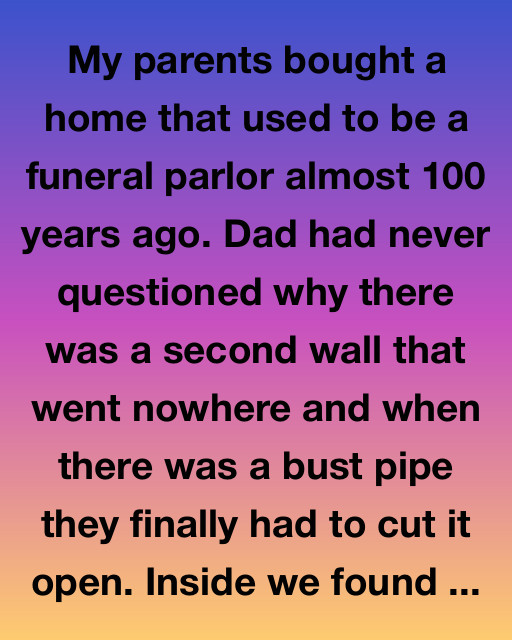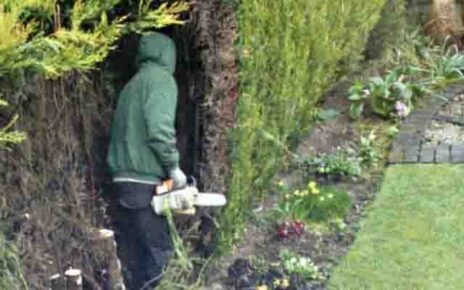We bought the house because it was cheap and had character—arched doorways, a leaning porch, creaky floors. Only later did we learn it had once been a funeral parlor. For two years it was just drafty and stubborn, until a burst pipe forced us to cut open a strange double wall. Behind it was a sealed room with a cracked mirror, a chair, and a leather-bound journal signed Arthur Bellamy, 1926–1932. His writings described the mirror showing living faces that later died.
Soon the house shifted. Mom dreamed of a woman in old clothes. Dad saw her at three in the morning. I caught her in the mirror’s reflection and, restless with fear and curiosity, slept in the hidden room. That night, a woman appeared in the chair, her voice soft as paper: “He didn’t bury me. He kept me here. You have to help me.” The next day, a priest urged us to dig beneath the mirror. Beneath the tiles and brick we found a rusted box with a ring, a locket, and a scrap of fabric.
Police matched the locket to Lillian Monroe, engaged to Arthur Bellamy, who vanished in 1929. His journal hinted at despair when she “appeared in the mirror” before her death. Whether he believed he could change fate or concealed a crime, the truth was murky. But something in the house eased after we unearthed her story. No more shadows, no more midnight footsteps. Dad locked the mirror behind a wooden cabinet, “for safety and respect.”
Months later, Lillian’s descendant visited, leaving flowers and gratitude that her family’s whispers were finally confirmed. We hung her photograph in the hall, not as proof of ghosts but as witness. The house grew ordinary again, storing boxes and ladders instead of secrets. Yet passing the cabinet, I sometimes see my reflection overlap with hers and feel a quiet peace. Not every wall hides a secret—but sometimes, all the dead want is someone to dig, to listen, and to say, You mattered.




